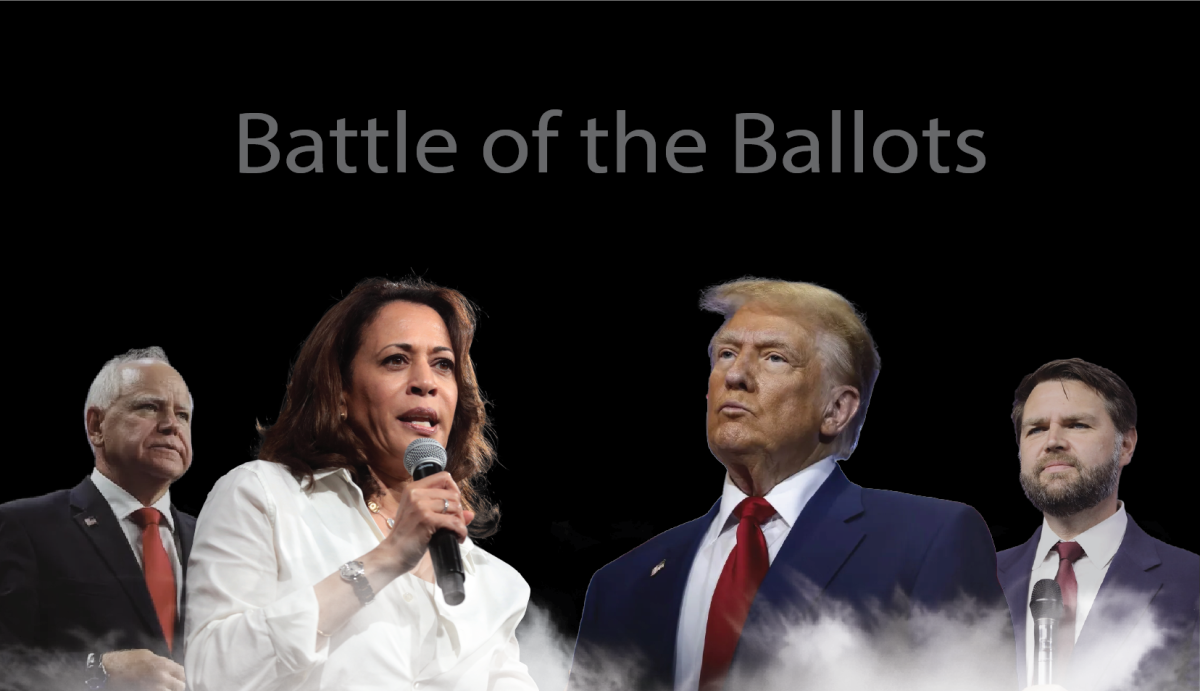After a 510 day-long campaign marred by political controversy and contentious rhetoric, political neophyte and Republican nominee Donald Trump has emerged the victor of the 2016 presidential election over Democrat Hillary Clinton. A Trump win marks America’s first president in more than 60 years who has no previous experience as an elected official.
With 47 states reporting, Trump and running mate Mike Pence captured 289 electoral votes to the shock of many pundits, clinching the 270 electoral votes necessary to win the presidency. However, Clinton and Tim Kaine won the popular vote, defeating Trump by 200,000 votes.
In his victory speech on Nov. 9 at a rally in New York City, Trump, after receiving Clinton’s concession, said, “Working together, we will begin the urgent task of rebuilding our nation and renewing the American dream.”
Upending expectations from many political experts and pollsters who predicted an easy Clinton win, Trump won traditionally Democratic states of Wisconsin, Michigan and Pennsylvania as well as key battleground states of Florida and North Carolina.
Trump also secured Texas’ status as a Republican stronghold, beating Clinton by 800,000 votes. But Trump did lose Dallas County as well as the counties of major Texas cities including Austin, Houston and San Antonio.
Trump’s victory not only shocked the Washington elite but also the Hockaday community. In a mock election with 359 participants on Nov. 8, the Hockaday Upper School decidedly voted for Clinton over Trump by more than 50 percent. On Wednesday morning, Upper School students were found in small groups crying and comforting one another over the Clinton loss.
Although many students and experts alike remained shocked at the Trump victory, his campaign drew on a growing populist demand for change that resulted from economic instability. These Americans, dissatisfied by the status quo, found an unlikely hero in billionaire and reality show host, Trump, but ultimately, his policies of economic protectionism, limiting immigration and tax cuts struck a cord in the populus.
Trump’s decisive victory was bolstered by the Senate and House of Representatives races that maintained the Republican majority in both houses. In the Senate, the Republicans have 51 seats, and in the House, the party has 239 seats. Once again, the Trump campaign proved many wrong, who believed that Trump’s name on the top of the ticket would severely hurt down ballot races.
Now, as president elect, Trump has turned his attention towards mending the divisions in the country that his campaign received great support for exploiting, such as criticizing Mexican immigrants, the LGBT community and women.
“Now it’s time for America to bind the wounds of division; have to get together. To all Republicans and Democrats and independents across this nation, I say it is time for us to come together as one united people,” Trump said in his victory speech.
Clinton harked on these divisions that may have contributed to her loss in her concession speech when she said, “We have seen that our nation is more deeply divided than we thought, but I still believe in America and I always will.”
In an election with two unpopular candidates, third party candidates, Gary Johnson, Evan McMullan and Jill Stein, were predicted to perform well with many voters casting protest votes for these lesser-known politicians. However, the three combined only received 4 percent of the popular vote, and none gained any electoral votes.
The next step for the Trump campaign will be to assemble a cabinet and strong executive branch that can further the Republican agenda.











